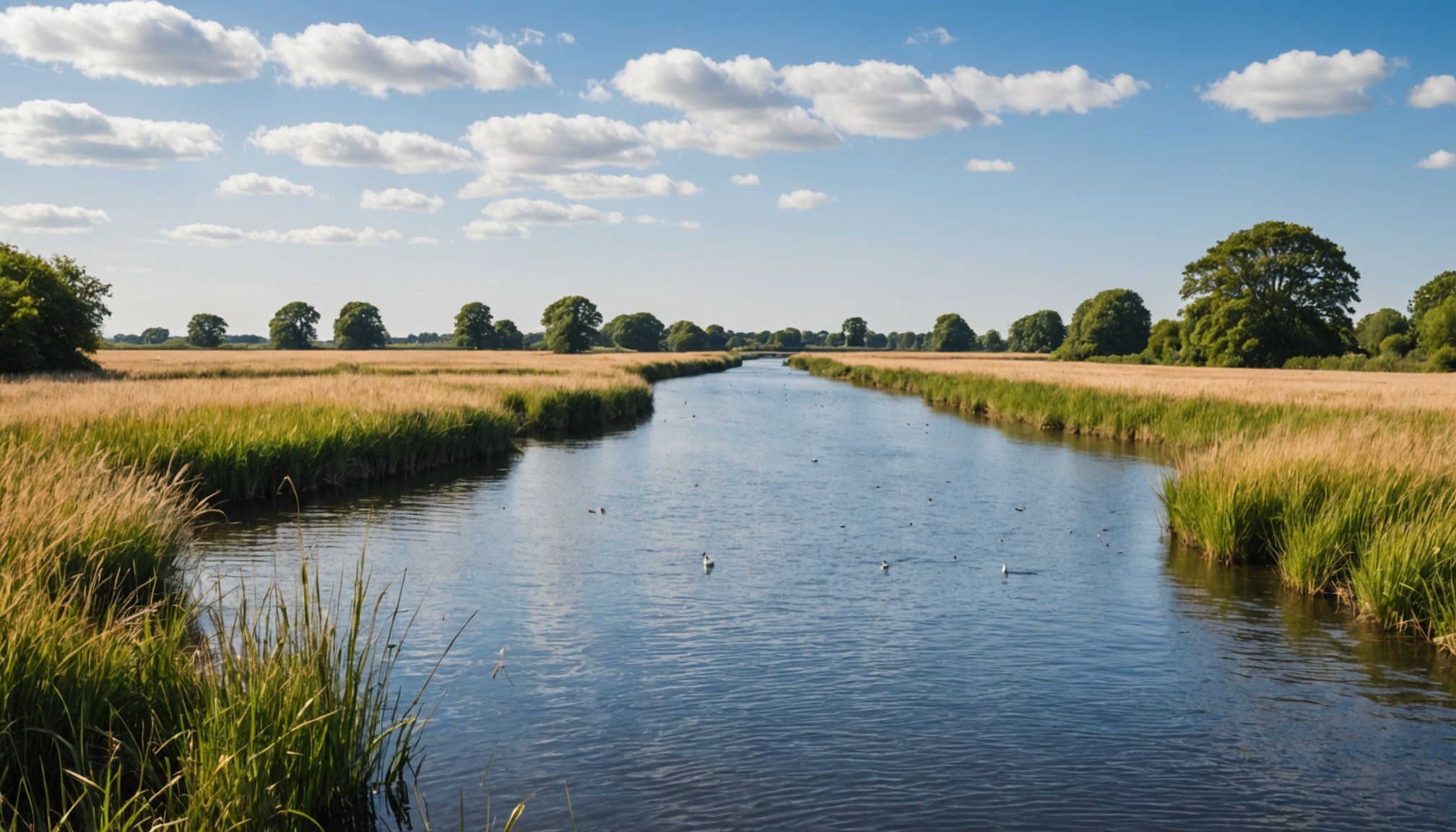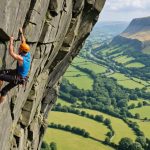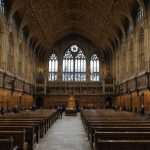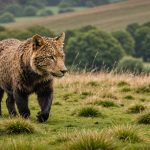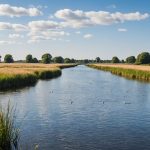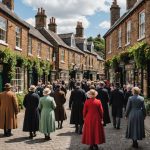Overview of Norfolk Broads National Park
Nestled in the heart of England, Norfolk Broads National Park emerges as a geographical and ecological gem. Spanning over 125 miles of lock-free waterways, this national park offers a unique blend of natural beauty and vibrant wildlife.
The diverse habitats within Norfolk Broads create a thriving environment for numerous bird species. Wetlands, reedbeds, and open waters serve as perfect havens, supporting a plethora of avian life, from majestic swans to elusive bitterns. It’s this mosaic of habitats that makes the park a critical hotspot for birdwatching enthusiasts.
Also to read : Discover York”s Spookiest Spots: Top Guided Ghost Walks You Can”t Miss!
Birdwatching in Norfolk Broads is not just an activity; it’s an immersive experience. The park’s significance as a birdwatching destination is underpinned by the wealth of species that call it home. During migratory seasons, the skies are painted with flocks of geese and waders, making it a spectacle for nature lovers.
It’s not surprising that the Norfolk Broads hold immense ecological importance due to their role in supporting such biodiversity. This makes the region not only a destination for birdwatchers but also a crucial area deserving protection and appreciation. A visit to this park provides a truly rewarding experience for anyone interested in the natural world.
Also read : Borghese gallery guide: top artworks, historical insights, and advice
Top Birdwatching Hotspots
Birdwatching enthusiasts seeking the best locations for observing a vast diversity of species are in for a treat with these remarkable destinations.
Cley Marshes
Nestled in the breathtaking landscapes of Norfolk, Cley Marshes offers some of the most exquisite birdwatching opportunities. The marshes’ diverse habitats, including salt marshes, reedbeds, and shingle beach, create a haven for bird species. During the migratory seasons, birdwatchers can expect to spot unique species like Avocets and Bitterns. Accessibility is enhanced by well-maintained paths and a visitor centre providing necessary facilities.
Hickling Broad
Diverse habitats at Hickling Broad greet avid birdwatchers with rare sightings. Its vast reedbeds and woodland areas present an ideal environment for rarities such as the Swallowtail Butterfly and Crane. The best times to visit are during early spring or late autumn, when bird activity is bustling.
Strumpshaw Fen
Birdwatching at Strumpshaw Fen is enthralling owing to its rich features like lush meadows and lagoons. Species to watch for include the elusive Bittern and the graceful Marsh Harrier. Visitors should pack sturdy footwear as paths can be muddy.
Breydon Water
A sprawling wetland, Breydon Water captivates birdwatchers, especially during migration seasons when vast flocks populate the skies. Amenities include parking and clearly marked trails, enhancing the birdwatching experience significantly.
Notable Bird Species to Look For
The Broads National Park is a haven for bird enthusiasts, offering a rich array of bird species to observe. During migration seasons, the Broads become a bustling hub for bird activity, attracting species like the marsh harrier and the bearded tit. These migratory birds are frequently spotted, providing an enchanting spectacle for keen observers.
In addition to migratory visitors, the Broads host a variety of resident species known for their distinctive nesting habits. The avocet and bittern are notable examples, each with unique behaviors and contributions to the park’s ecosystem. These resident birds can be seen year-round, adding to the appeal of wildlife observation in the Broads.
Seasonal changes significantly impact birdwatching opportunities. Spring and autumn offer prime times for witnessing dramatic migratory patterns, as birds travel between breeding and wintering grounds. Summer showcases nesting activities, with fledglings learning to fly. Winter brings a quieter beauty, with birds like the whooper swan arriving to take refuge from harsher climates.
Understanding these patterns and behaviors is key for a rewarding birdwatching experience in the Broads. Enthusiasts are encouraged to explore during different seasons to fully appreciate the diverse birdlife and enhance their observational skills.
Tips for an Optimal Birdwatching Experience
Birdwatching enthusiasts can enhance their experience by considering some essential best practices and equipment recommendations. Begin with essential gear: a reliable pair of binoculars tailored for your comfort and the desired field of view is foundational. Additionally, a field guide specific to your region can aid in identifying species with precision.
When observing birds, practice patience and maintain a respectful distance to avoid disturbing natural behaviors. An ethical birdwatcher not only respects wildlife but also leaves no trace in the environment. This includes avoiding the use of recordings to lure birds, which can disrupt their natural routines.
To better identify species, familiarity with habitats and understanding avian behaviors are crucial tips. Observe the flight patterns, noting unique movements and calling patterns for accurate identification. Also, early mornings can often yield more sightings as birds are most active, particularly during migrations.
Equip yourself further with a weatherproof notebook or app to document sightings. This encourages detailed note-taking, aiding in the development of skills over time. Remember, ethical birdwatching is about enjoying nature while ensuring its preservation for future generations. Observing these tips guarantees a fulfilling and environmentally conscious birdwatching adventure.
Practical Information for Birdwatchers
Birdwatching enthusiasts often have specific needs when visiting hotspots, and having detailed maps is crucial. These maps highlight important areas and offer navigation tips, ensuring visitors can efficiently find prime birdwatching locations. Different birdwatching sites present unique landscapes, so it’s important for visitors to understand how to best navigate these areas.
Accessibility is another key consideration. Many birdwatching venues provide accessibility features such as paved paths and ramps. These adaptations enable individuals with mobility challenges to enjoy birdwatching without hindrance. Additionally, public transportation options are frequently available, offering further accessibility to these nature treasures.
Visitors should also be informed about the various facilities offered. Common facilities at these locations often include convenient rest areas where birdwatchers can take a break or have a snack. Availability of restrooms is essential, and most hotspots are equipped with adequate toilet facilities to accommodate visitors throughout their stay. Alongside these, options for dining or purchasing food, whether through on-site cafes or nearby vendors, provide further convenience.
By taking advantage of the available maps, ensuring appropriate transportation, and utilising on-site facilities, birdwatchers can enhance their overall experience and focus more on their passion for observing nature’s avian wonders.

